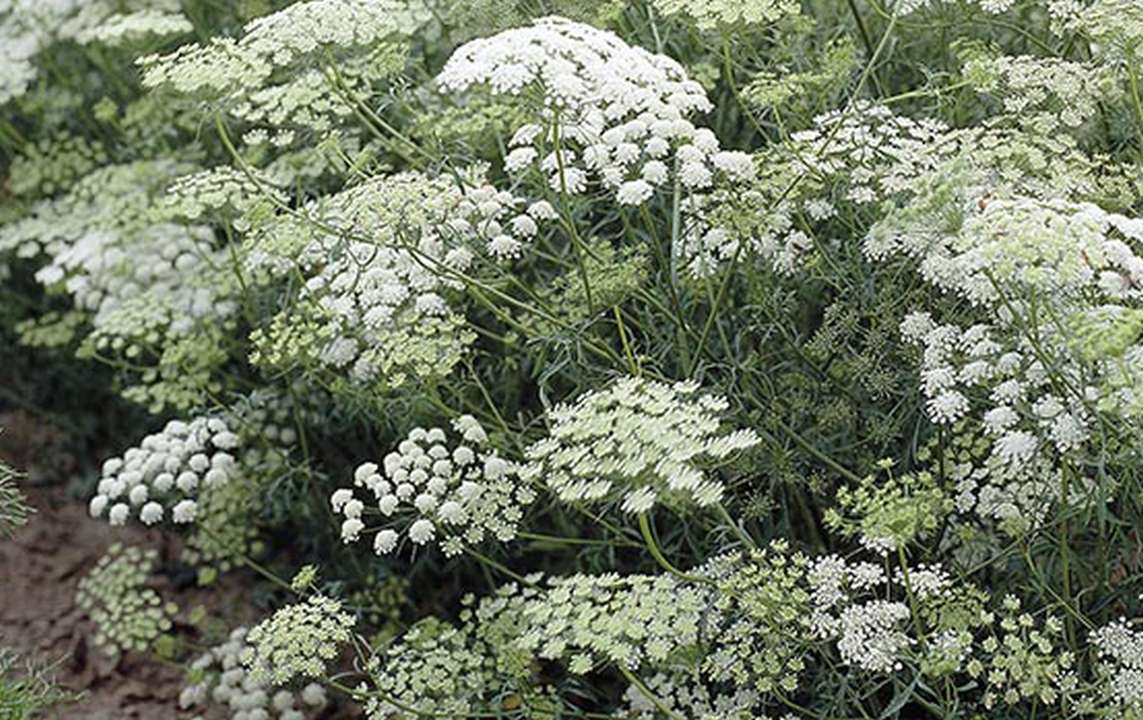General Information
Honey plant is annual herb having height of 80-120 cm. It is also known as Madhugida in Kannada. It belongs to the family of Apiaceae. It is mainly use for medicinal purpose. It is a commercial source of xanthotoxin which is used for treatment of leucoderma or vitiligo. This plant is native of Egypt and it was first introduced in India in 1955. It is cultivated successfully in temperate and subtropical region of Himachal Pradesh, Uttar Pradesh, Gujarat, Tamil Nadu and Karnataka.




















